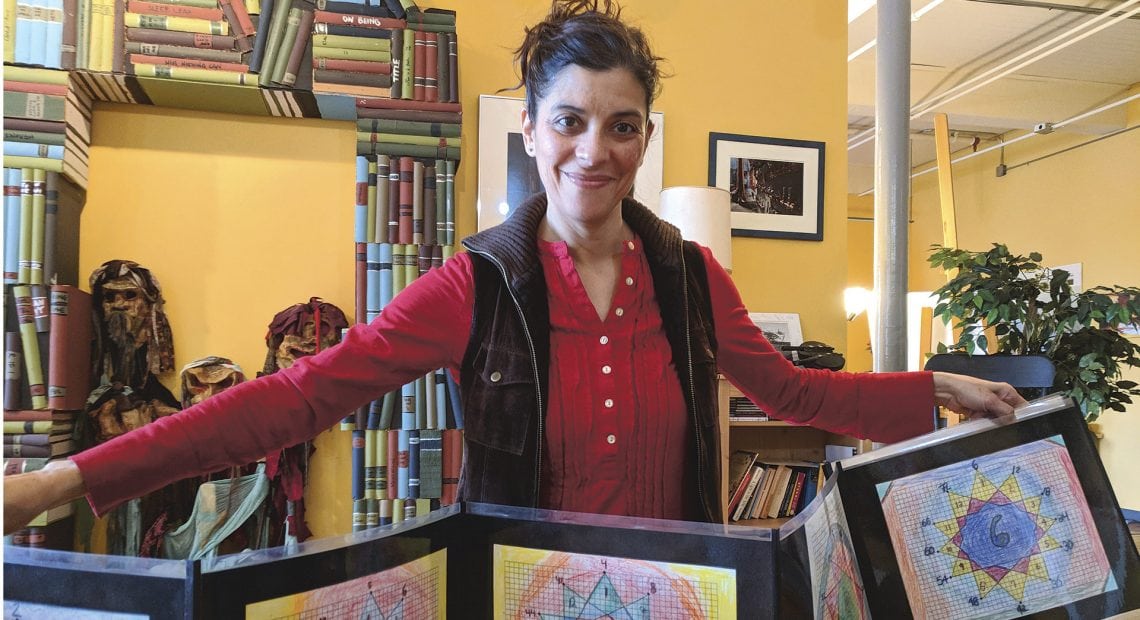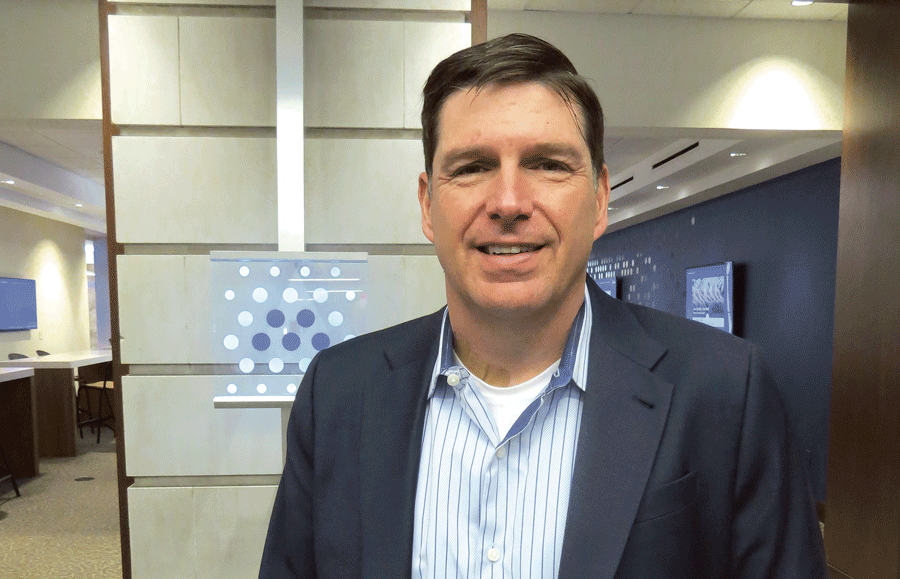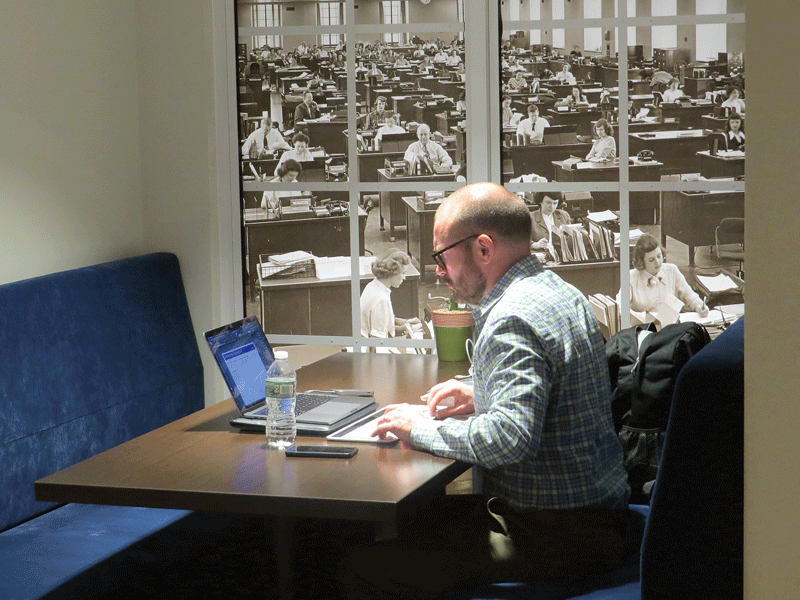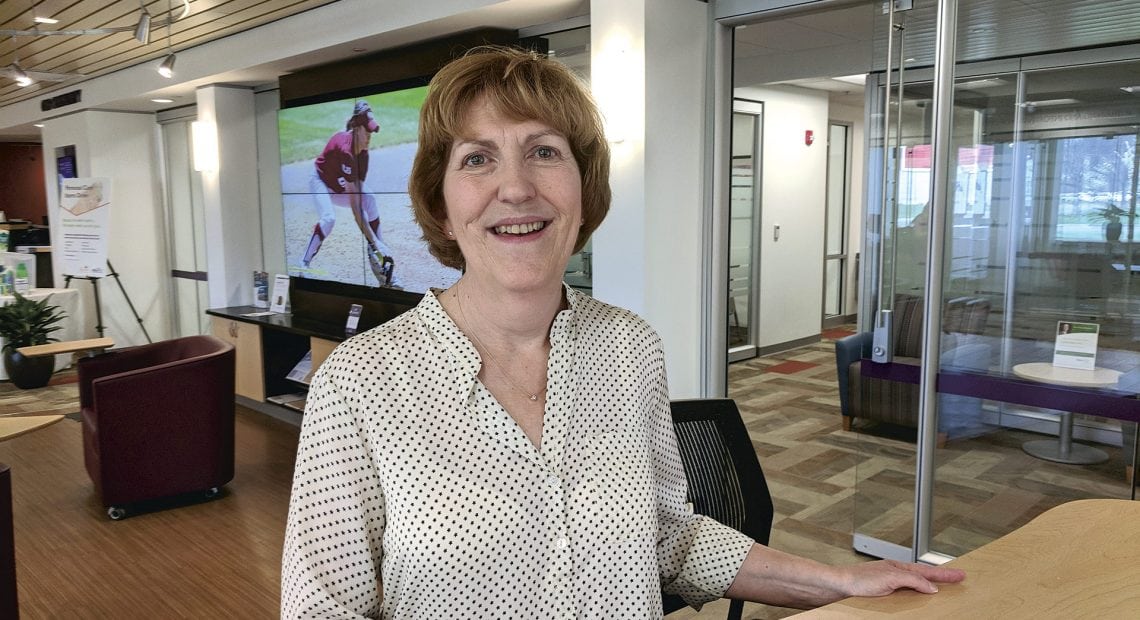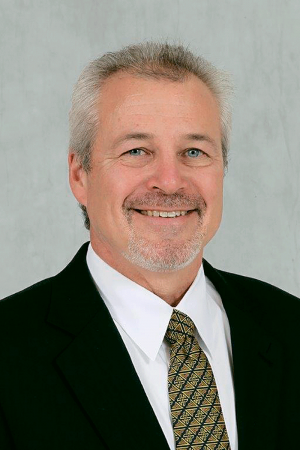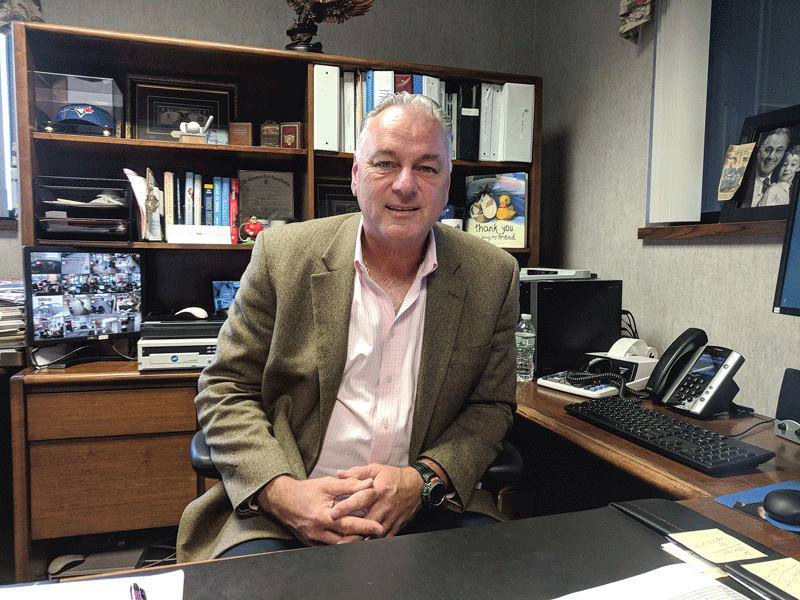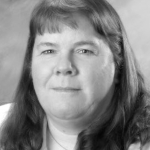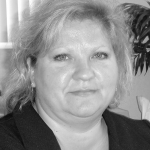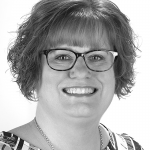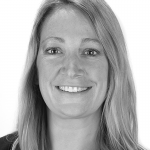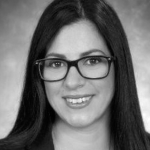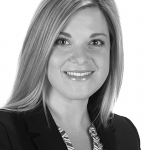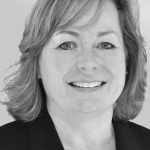Shore Thing

Sanjay Arwade says UMass Amherst has a long and proud history in the broad realm of wind energy.
It dates back nearly a half-century to professor William Heronemus, who established what is now the oldest wind-energy research and education center in the country.
“He started working on wind energy, and there’s been a string of faculty members over the years, mostly in mechanical engineering, but now some, like me, in civil engineering, who have been working on wind-energy problems,” said Arwade, a professor of Civil and Environmental Engineering. “We’ve been working on wind energy, and we’ve developed collaborations across the region and around the country.”
This history, and these collaborations, certainly played a role in this tradition reaching a new and intriguing level with the recent announcement that UMass Amherst has been selected by the U.S. Department of Energy (DOE) to establish and lead something called ARROW — the Academic Center for Reliability and Resilience of Offshore Wind, with an emphasis on those two R-words.
This will be a nearly $12 million national center of excellence, said Arwade, one that will accelerate reliable and equitable offshore wind-energy deployment across the country and produce a well-educated domestic offshore wind workforce.
“We’ve been working on wind energy, and we’ve developed collaborations across the region and around the country.”
Elaborating, Arwade said development of offshore wind has lagged behind its close cousin, the onshore variety, and for various reasons. ARROW has been created to essentially help close that gap.
“Onshore wind energy … that industry is a total success,” he noted. “We produce huge amounts of electricity from wind onshore, mostly up and down the Great Plains and the center of the country. That energy is, in many days, the cheapest electricity in the country.
“Offshore wind is at an earlier stage,” he went on. “There’s a lot of offshore wind in Northern Europe and a little bit here — basically three projects are operating in the United States: Block Island, Vineyard Wind, and one in Virginia. So we’re at an earlier stage, but the potential is huge.”
Harnessing that potential is at the heart of ARROW, which will involve a number of partners — more than 40, in fact — and set several different goals, said Arwade, noting that the center will be a university-led education, research, and outreach program for offshore wind that prioritizes energy equity and principles of workforce diversity, equity, inclusion, and access, with technical specialization in the reliability and resilience of offshore wind infrastructure, transmission, and supply chain.
The various partners include eight universities, three national laboratories, two state-level energy offices, and many industry and stakeholder groups in other areas of Massachusetts as well as Illinois, Maryland, Washington, South Carolina, and Puerto Rico.

Sanjay Arwade says offshore wind lags behind the onshore variety, but there is momentum and progress on several fronts.
This consortium includes Clemson University, Morgan State University, Johns Hopkins University, Northeastern University, UMass Dartmouth, UMass Lowell, University of Puerto Rico at Mayagüez, Argonne National Laboratory, National Renewable Energy Laboratory, Pacific Northwest National Laboratory, Massachusetts Clean Energy Center, and Maryland Energy Administration. More than 20 other organizations, including developers, conservation organizations, offshore-wind manufacturers, a grid operator, community representatives, trade associations, and standards organizations, are also anticipated to serve as partners.
As for goals, there are three main ones, about which we’ll get into more detail later:
• Empowering the next generation of U.S.-based offshore wind professionals. Not only does this include training for offshore wind professionals, but it will also enhance the ability of U.S. institutions to deliver comprehensive offshore wind education and establish global leadership in offshore wind education. The center will advance the education of 1,000 students over the initial five-year life of the center;
• Innovating with impactful research for a reliable and resilient offshore-wind system built on rigorous treatment of uncertainty. Research will focus on infrastructure, atmospheric and ocean conditions, and marine and human ecology; and
• Engaging with communities to get input from the wide diversity of stakeholders who make up the offshore-wind ecosystem, including wind-energy companies, grid operators, manufacturers, nonprofits, insurance companies, and advanced technology developers, in order to arrive at inclusive and just deployment of offshore-wind solutions.
For this issue and its focus on energy, we talked with Arwade about ARROW and what it means for the university, the region, and ongoing efforts to tap the enormous potential of offshore wind.
Bridging the Gap
As he talked with BusinessWest late last month, Arwade was between phone calls from media representatives looking for his take on the collapse of the Francis Scott Key Bridge in Baltimore after it was struck by a massive container ship.
The New York Times found him first, and after his comments to one of its reporters found their way into the Times and then the Boston Globe, other outlets, including the BBC, dialed his number. He told them, and BusinessWest, essentially the same thing — that collapse was imminent after a ship of that size struck a bridge built to the design codes of the 1970s.
“Offshore wind is at an earlier stage. There’s a lot of offshore wind in Northern Europe and a little bit here — basically three projects are operating in the United States: Block Island, Vineyard Wind, and one in Virginia. So we’re at an earlier stage, but the potential is huge.”
“It wasn’t a failure of the structural steel — it was a failure of ship navigation,” he explained. “You could not design that bridge to withstand that impact.”
Arwade worked for some time in Maryland — he was a professor at Johns Hopkins — and he suspects that might be one of the reasons the media sought him out. But he’s also passionate about bridges.
Indeed, the walls of his small office in Marston Hall are covered with photographs and prints of mostly better-known structures, especially the Brooklyn Bridge.
This passion for bridges and design and construction of these structures will now have to share time with ARROW, which he described as both a turning point in UMass Amherst’s long history of windpower research and his own career.
Explaining how it came about, he said the DOE issued a request for proposals for an offshore-wind energy center of excellence roughly a year ago.
“Through our collaborations, we had a team basically ready to go,” he explained. “And we had a concept, centered around reliability and resilience, basically ready to go.”
This team will be tasked with unlocking that enormous potential for offshore wind that Arwade mentioned earlier. He told BusinessWest that, depending on which technical analysis one is looking at, it’s conceivable that half or more of the eastern seaboard can be powered through offshore wind “depending on the scale of development we’re willing to pursue.”
He acknowledged that offshore wind is currently expensive power to produce, but he believes that cost can and will come down over time.
“The trajectory is good,” he said. “As with many engineered systems, the cost goes down over time as we become more expert at designing and constructing systems and as the components become commodity items; the cost is higher, but it’s becoming competitive, and the trajectory on cost is good. If the lessons learned from onshore wind apply to offshore wind, it will quickly, meaning within a decade or two, become highly competitive with other energy sources.”
Elaborating, he said that, while there are some hurdles to overcome, there is, in his view, a considerable amount of momentum regarding this brand of clean energy.
“There are numerous projects under construction, others nearing construction phase, and even the hiccups we’ve experienced related to inflation and economic issues … the industry seems to be overcoming those,” he told BusinessWest, acknowledging that there are concerns from “co-users” of the ocean, including fisheries and environmentalists, and, meanwhile, the cost of offshore wind remains high compared to the onshore variety and other sources of energy.
Wind in Their Sails
Arwade said his role will be to manage the various objectives of the ARROW initiative, and there are several of them, including education, research, and community outreach and engagement related to offshore wind.
Projecting out — ARROW still exists only on paper, but is expected to officially commence its work this summer — he expects an educational program to be up and running within a few years, with hundreds of students per year being trained for an industry that will need a workforce.
“These are students who will get bachelor’s degrees, master’s degrees, doctoral degrees, and professional certificates in offshore wind and can go into the field and lead the industry forward in the U.S.,” he said, adding that there are existing programs, but the DOE wanted a comprehensive offshore-wind energy education and research program, and until ARROW, one didn’t exist, except at UMass.
“This one will be bigger, more comprehensive, and bring expertise from all of our partner instititions to bear for our students,” he went on, adding that ARROW will exist in mostly a virtual state, but with initiatives on the Amherst campus, Boston, Maryland, Puerto Rico, and at the national labs in Colorado, Washington State, and Illinois.
Workforce is a key ingredient in the growth and development of the industry, he said, adding that companies looking to hire currently have few places to go find those students. But research will be another key area of focus, and it will cover many areas that are germane to the industry and answer important questions.
“These include how quickly can these structures be installed? What will the cost of construction be? How much energy can be extracted from the wind during operation of the turbines? And how can we ensure that the energy gets distributed to consumers in efficient and equitable ways?” he said.
When asked how those involved in ARROW will measure success, Arwade said there will be several barometers.
“We’re going to count students that we educate; we’re going to track where they go in the industry,” he said. “On our research arm, we’re going to be tracking the publications that our faculty and graduate students make and seeing that they’re being cited and being of use to industry. We’re going to keep track of students that do internships in industry. We’re going to do outreach that brings offshore-wind education and research to a variety of stakeholders, including high-school students, for example. And we’re going to have listened, carefully, to co-users of the coast and the ocean, communities that have been historically disadvantaged and have not seen the benefits of new infrastructure like this.”
Overall, ARROW will play a major role in bringing the offshore-wind industry forward, while also enabling this region, the Commonwealth, and especially its flagship state university to assume leadership positions in those efforts.
“Massachusetts has been a leader in offshore wind for a few decades now, both on the industry side and the government and regulatory side,” Arwade said. “Massachusetts has also led on the academic side, through our work and with our partners at UMass Dartmouth and UMass Lowell and Northeastern. But getting this recognition from the Department of Energy cements Massachusetts nationally as the federally recognized home of offshore-wind research and education in the academic sphere; it’s a huge win for the Commonwealth.
“And I would say the same for UMass Amherst,” he went on. “We’ve been doing wind energy for 50 years, and for us to be trusted by DOE with leadership of this center is a major feather in the cap of UMass Amherst and the UMass system as a whole.”















 Women’s Health agrees, adding that “testers loved the huge choice of workouts available, from strength sessions to yoga to meditation, and found it easy to filter classes on the app by duration and difficulty to find the right one for them. Our team also said they were persuaded to push beyond their usual limits during each session thanks to motivational instructors, who helped keep their form in check with non-stop helpful pointers — though some testers found them a tad too intense for their liking.”
Women’s Health agrees, adding that “testers loved the huge choice of workouts available, from strength sessions to yoga to meditation, and found it easy to filter classes on the app by duration and difficulty to find the right one for them. Our team also said they were persuaded to push beyond their usual limits during each session thanks to motivational instructors, who helped keep their form in check with non-stop helpful pointers — though some testers found them a tad too intense for their liking.”





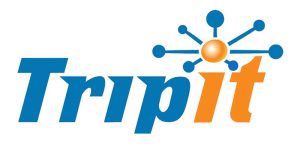




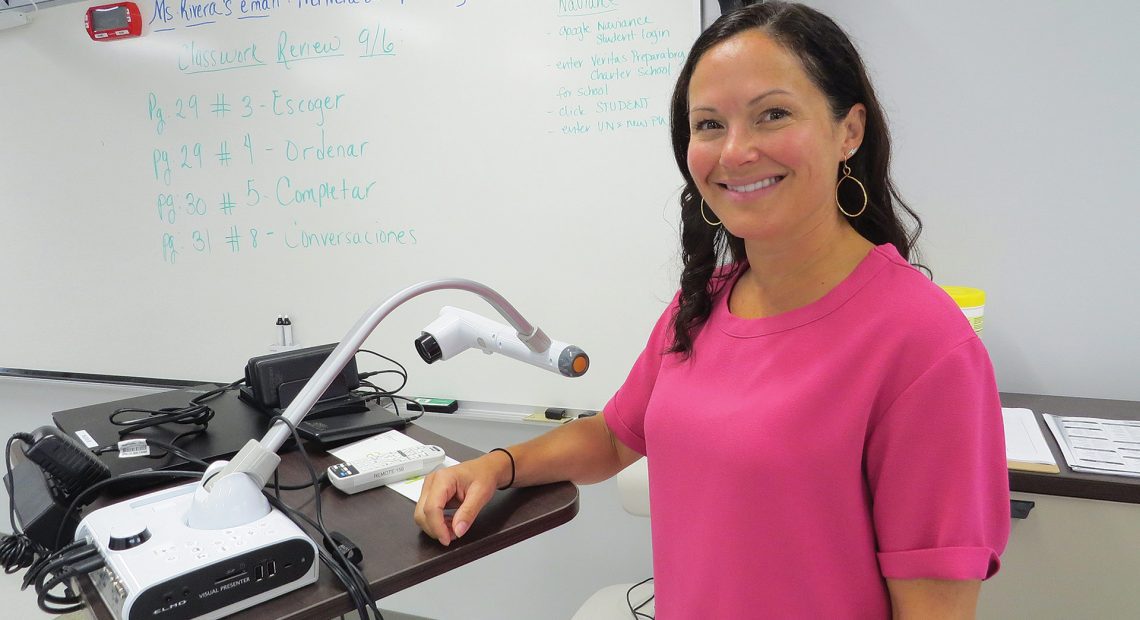
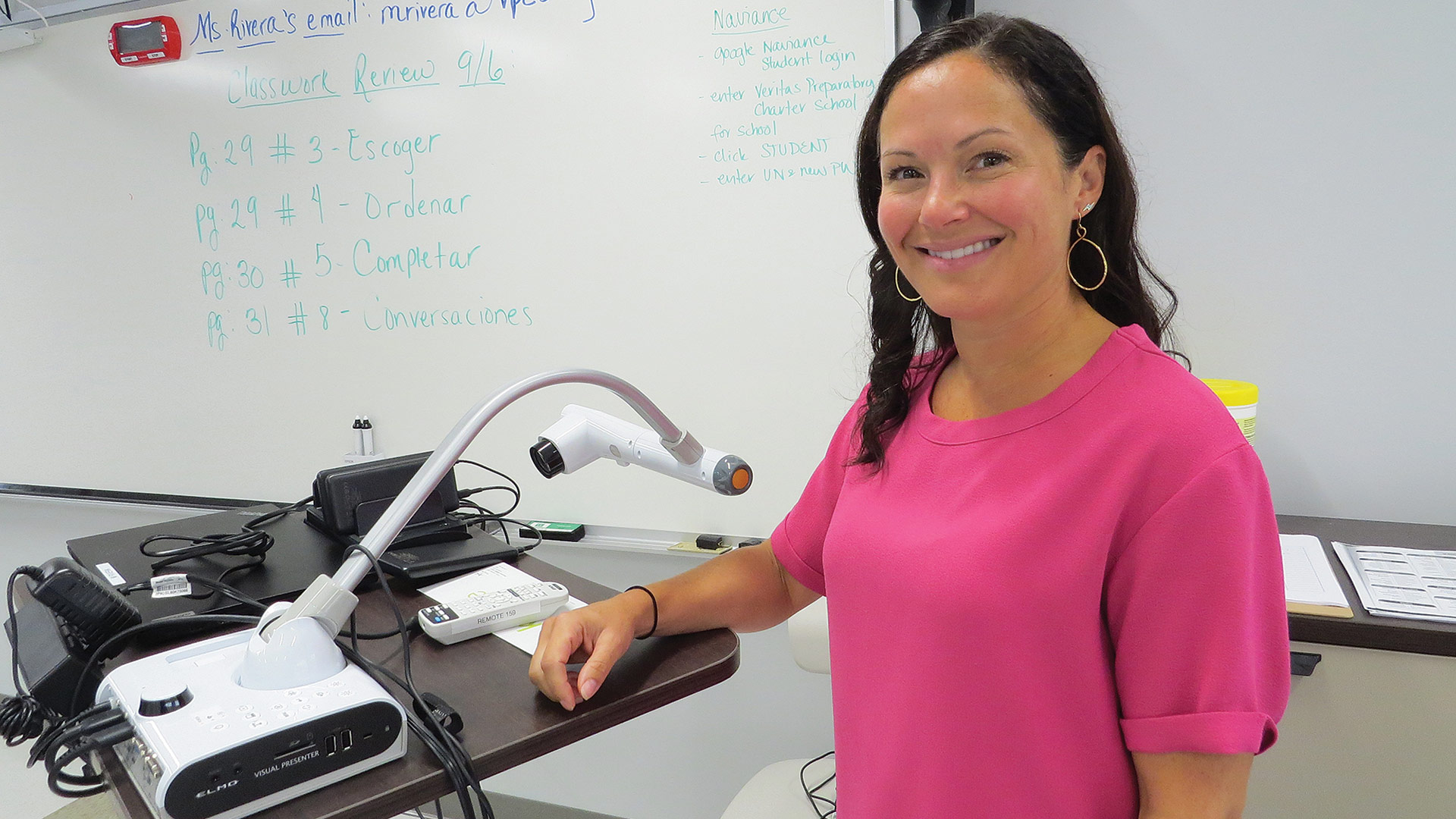
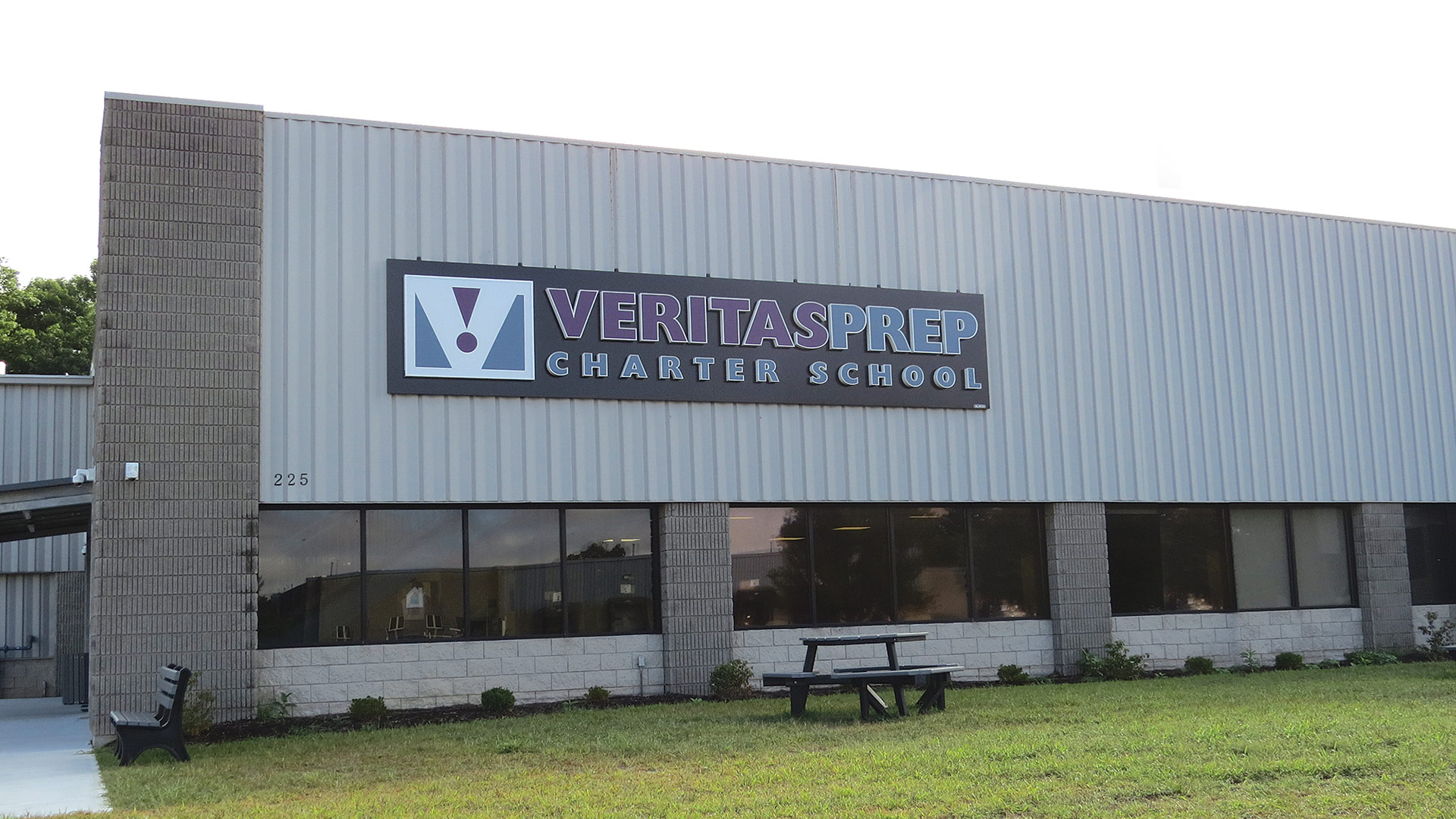


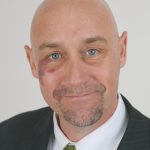

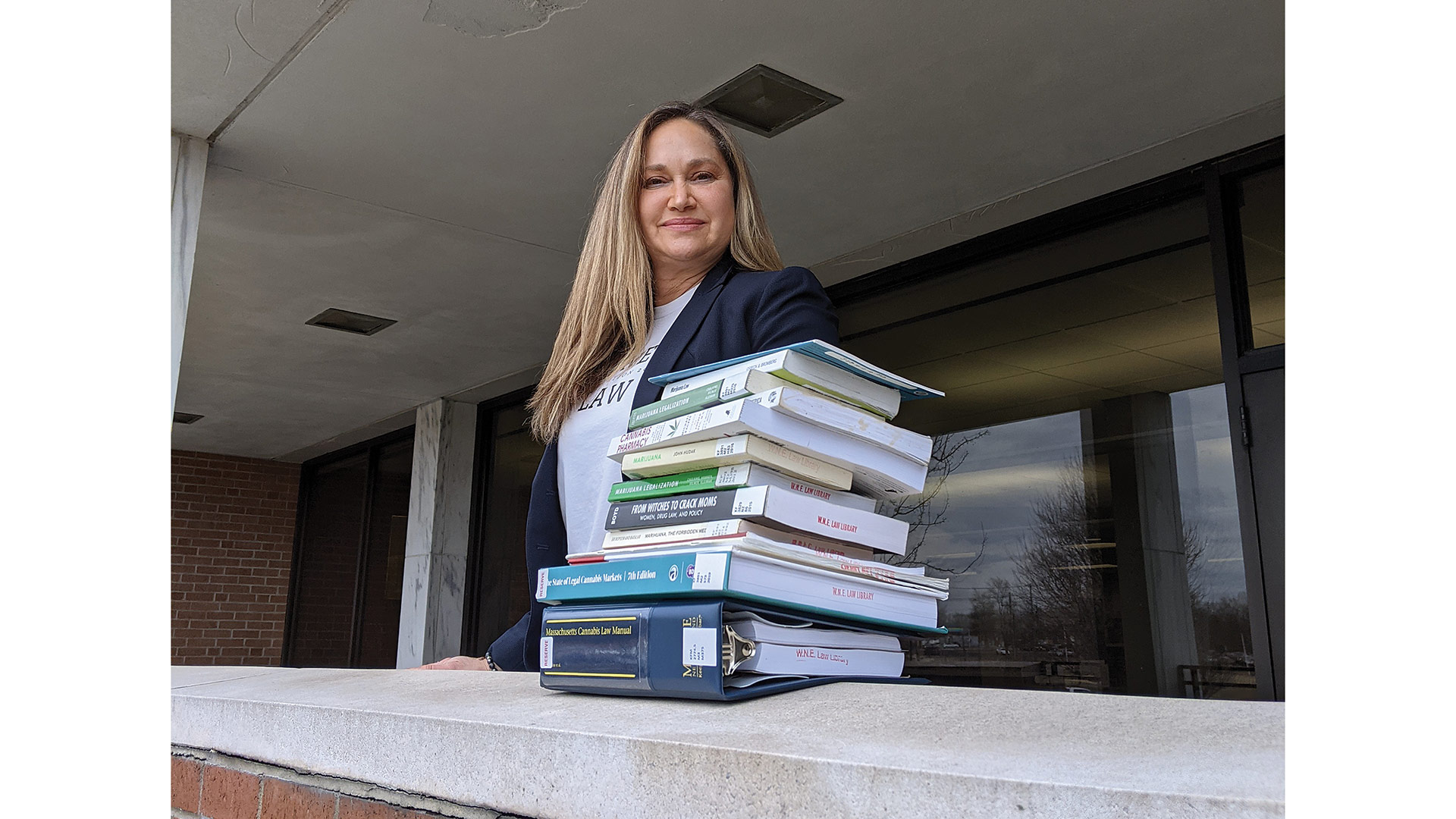
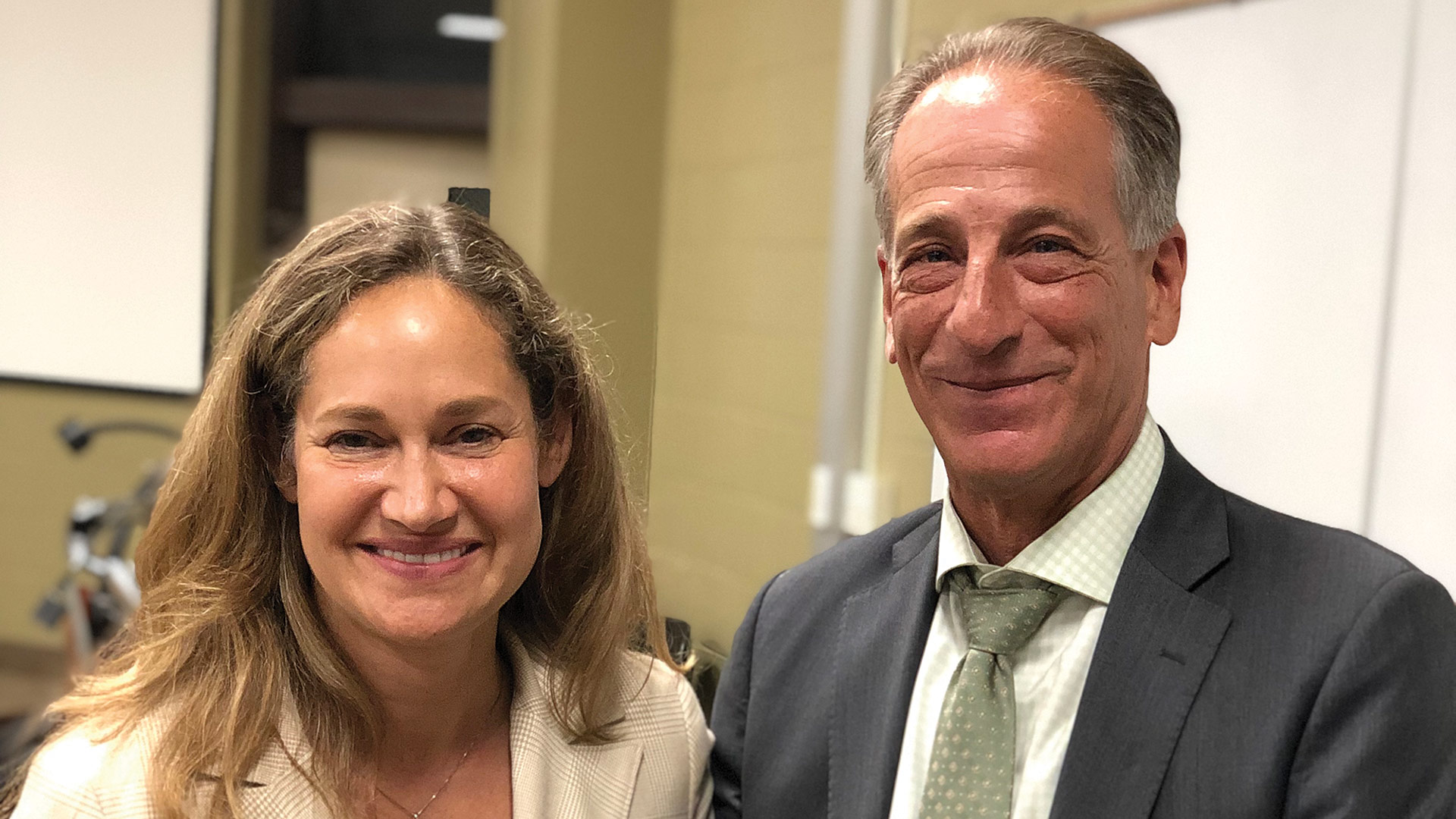
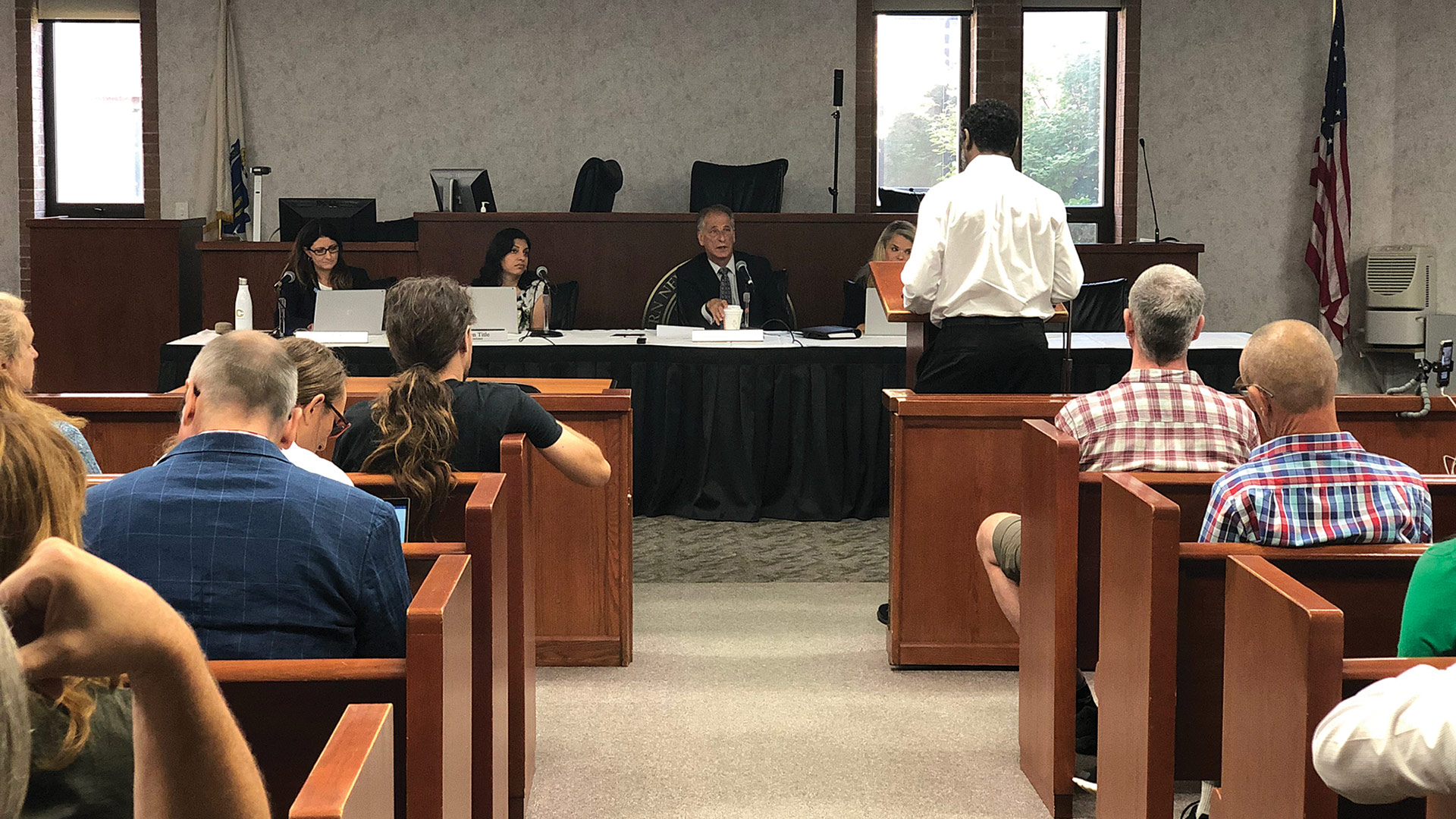
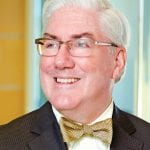

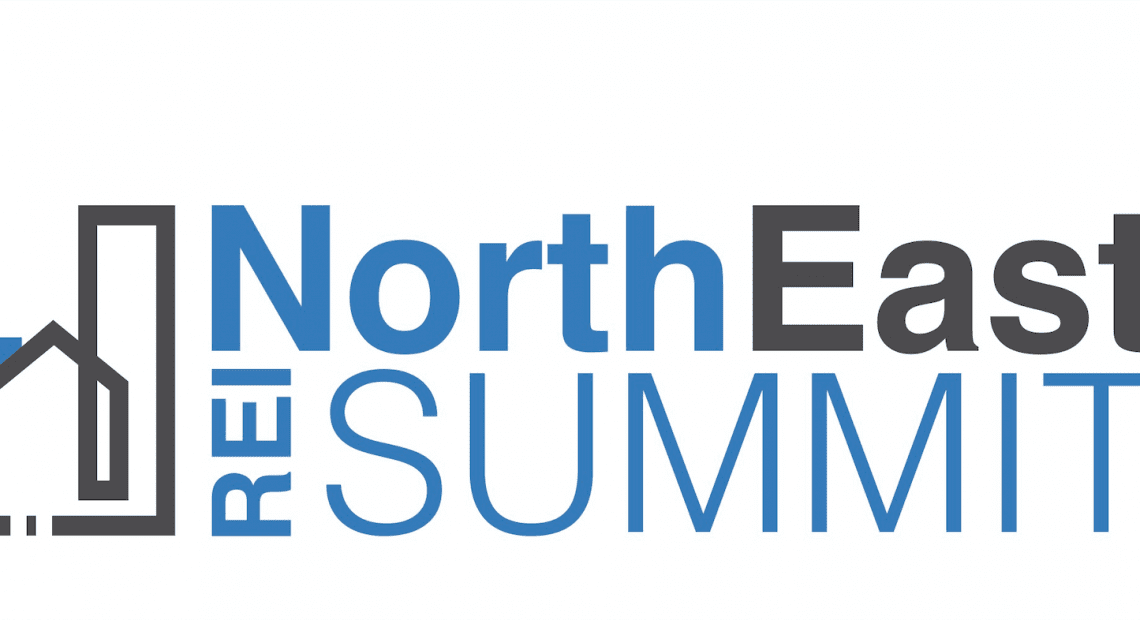


 The #MeToo movement has brought about change and challenge — from a liability standpoint — in workplaces of all kinds. And this includes the broad spectrum of education. Indeed, recent cases indicate that courts may soon hold schools, colleges, and universities strictly liable for any sexual misconduct by their staff toward their students.
The #MeToo movement has brought about change and challenge — from a liability standpoint — in workplaces of all kinds. And this includes the broad spectrum of education. Indeed, recent cases indicate that courts may soon hold schools, colleges, and universities strictly liable for any sexual misconduct by their staff toward their students.


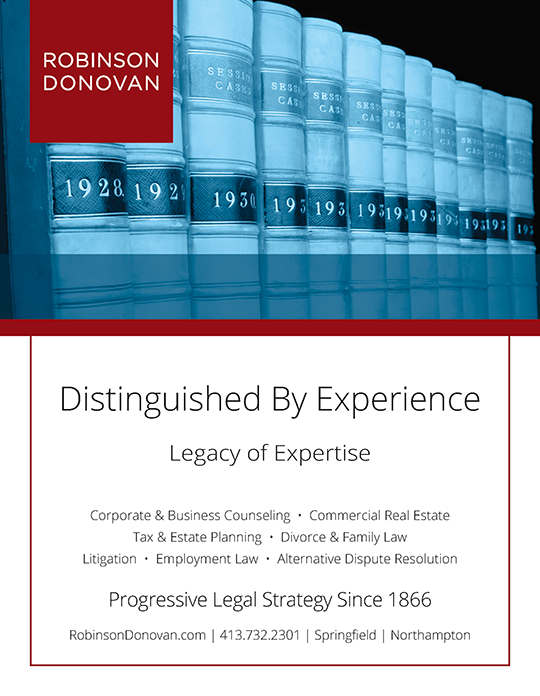



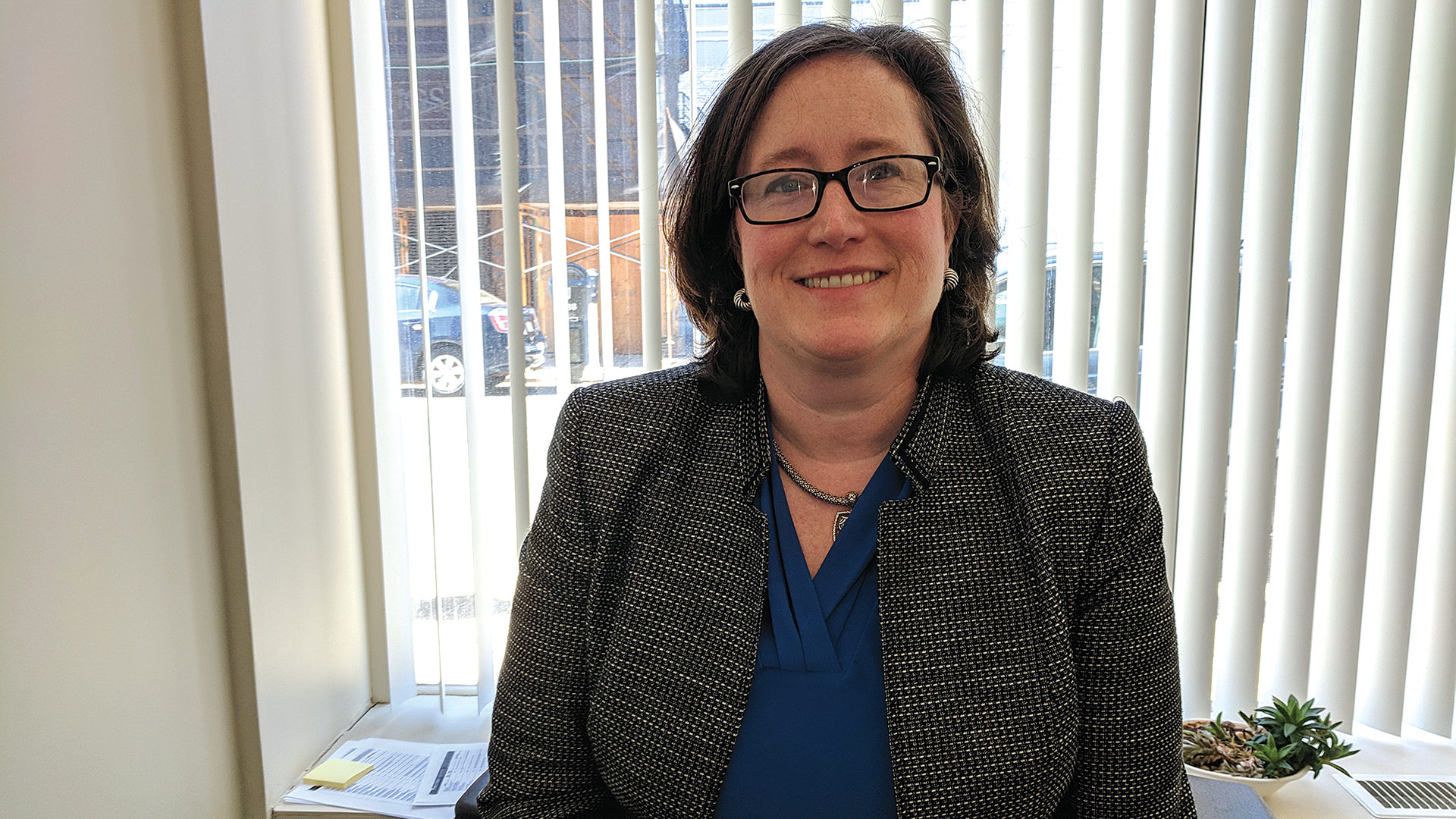

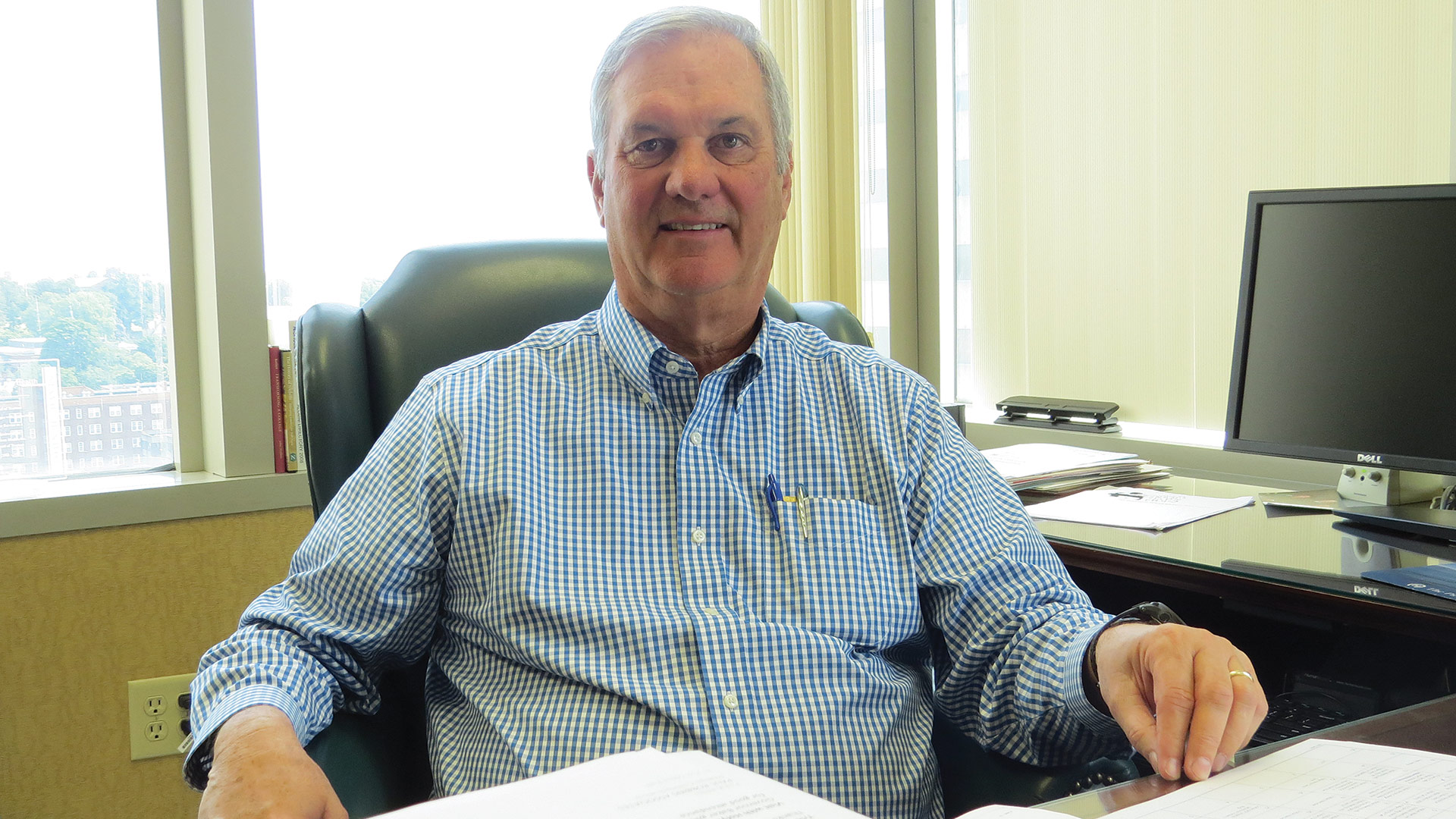
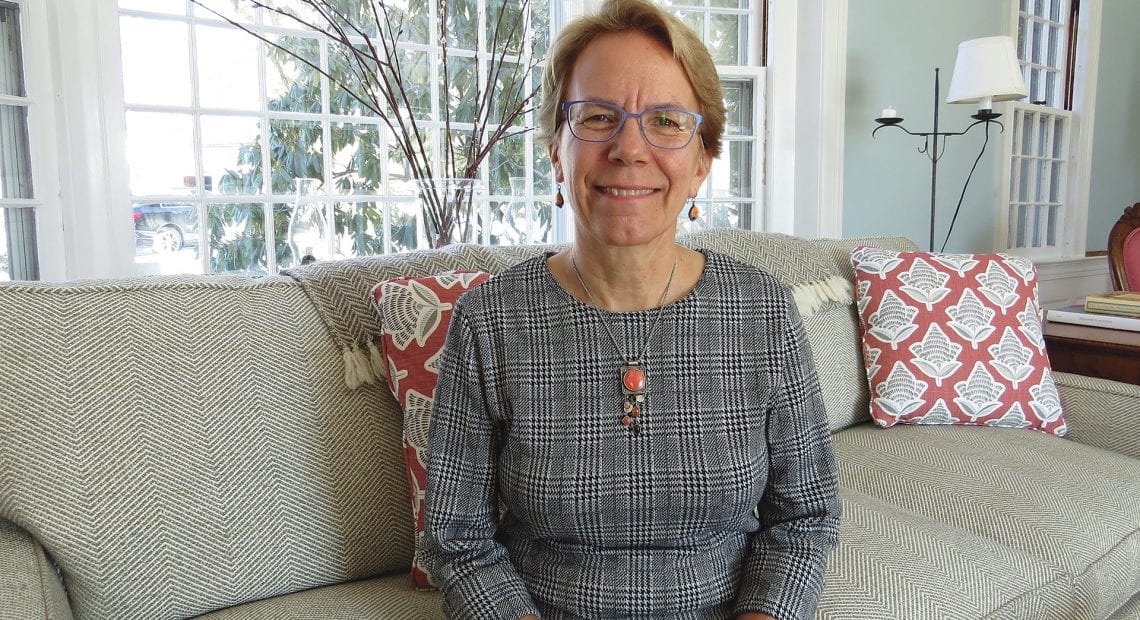
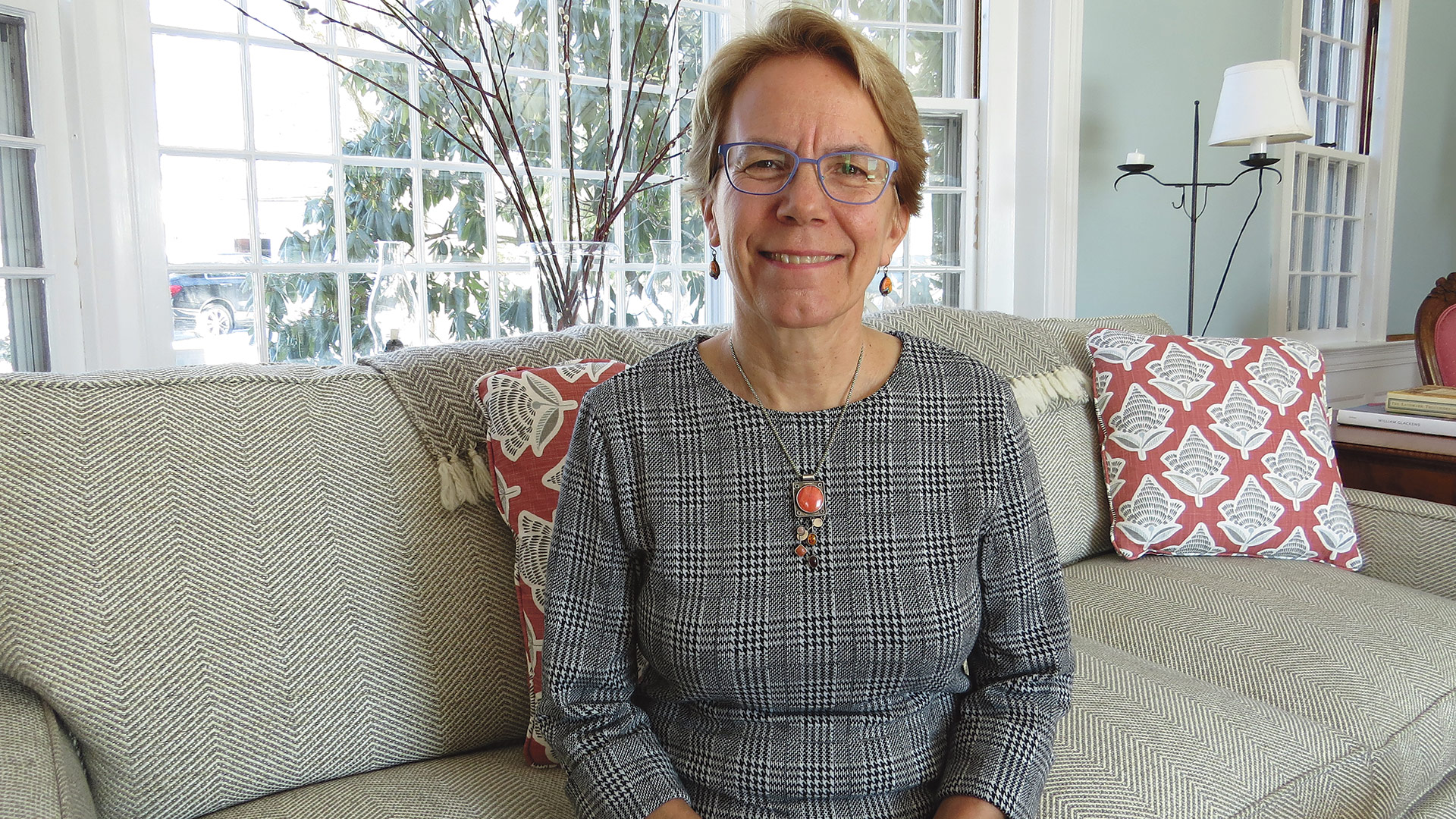



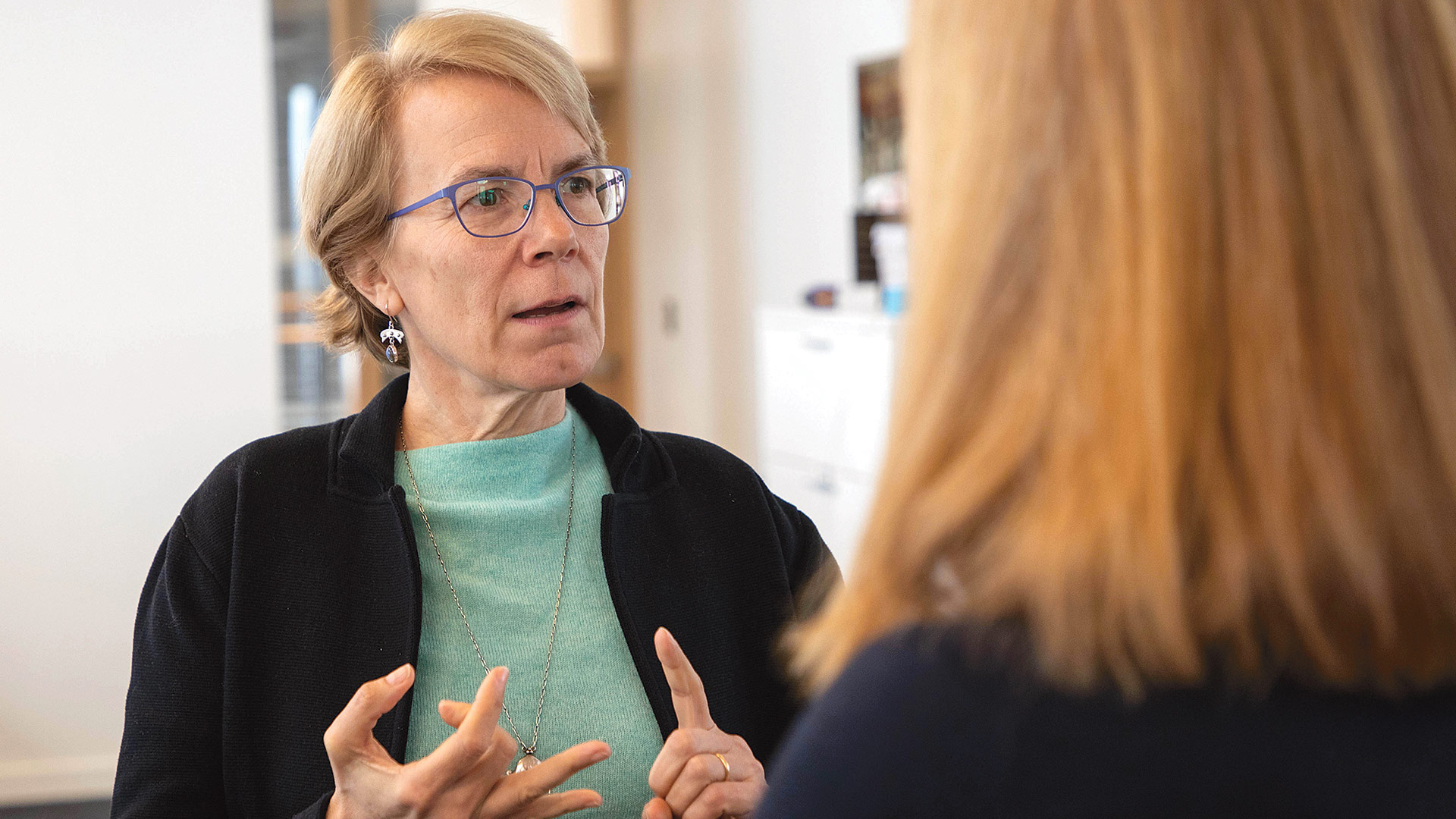
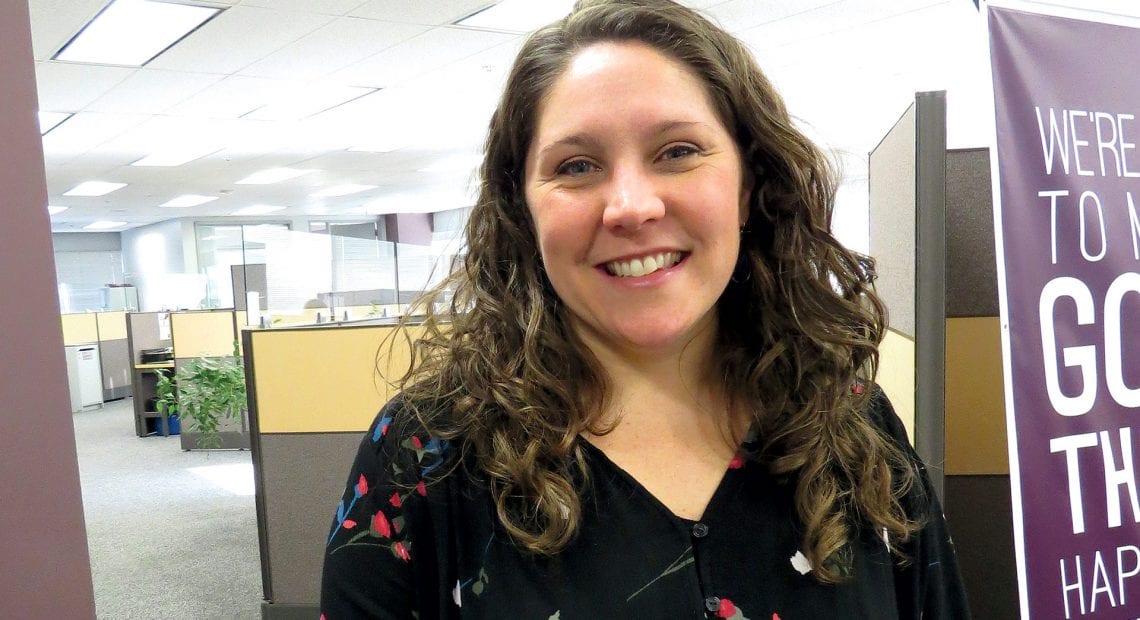

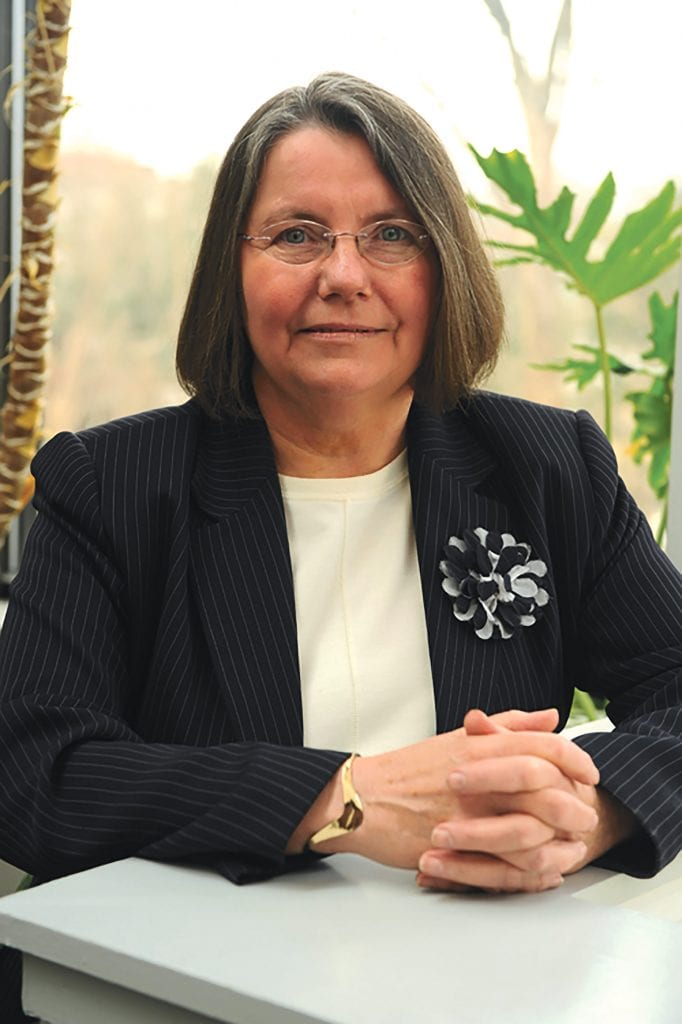




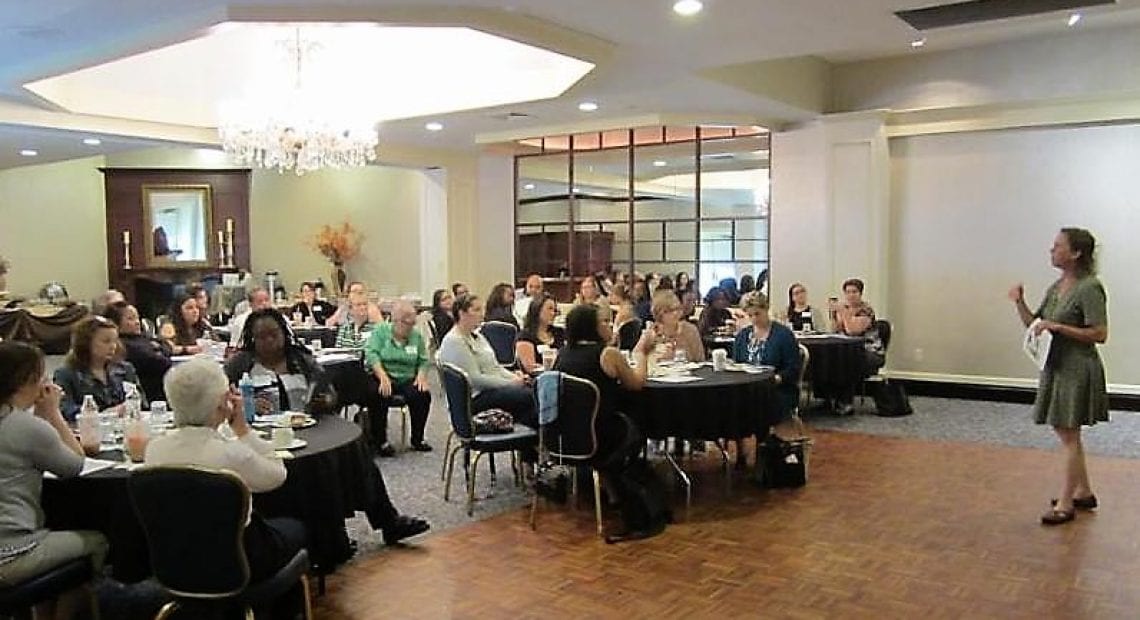



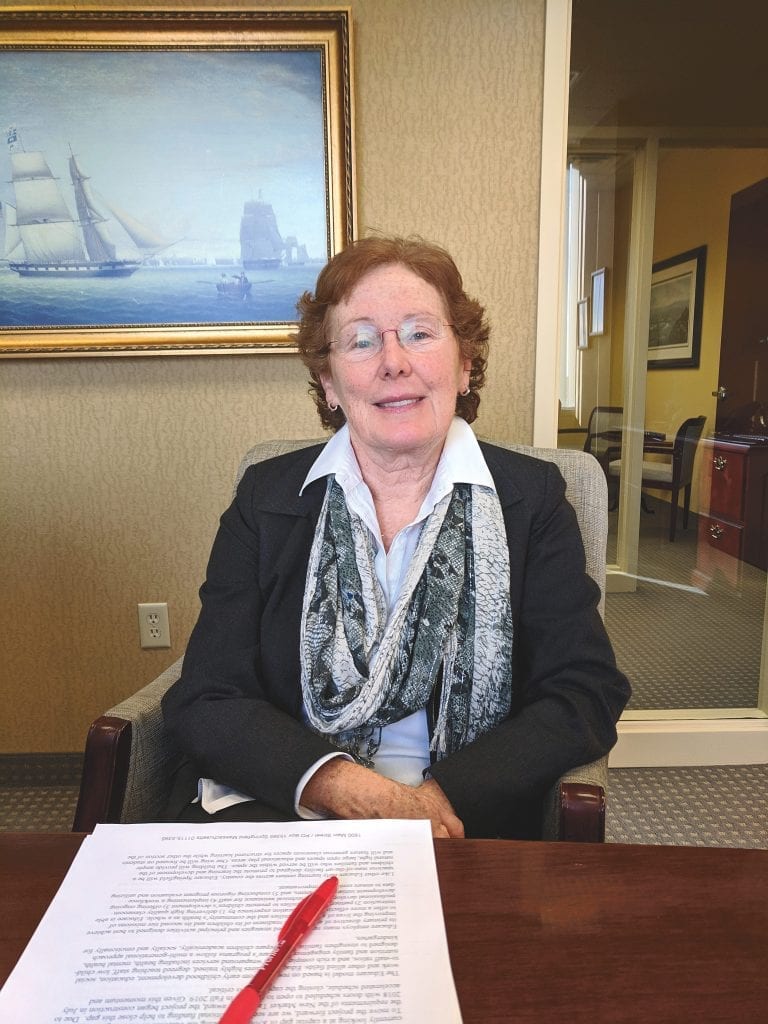
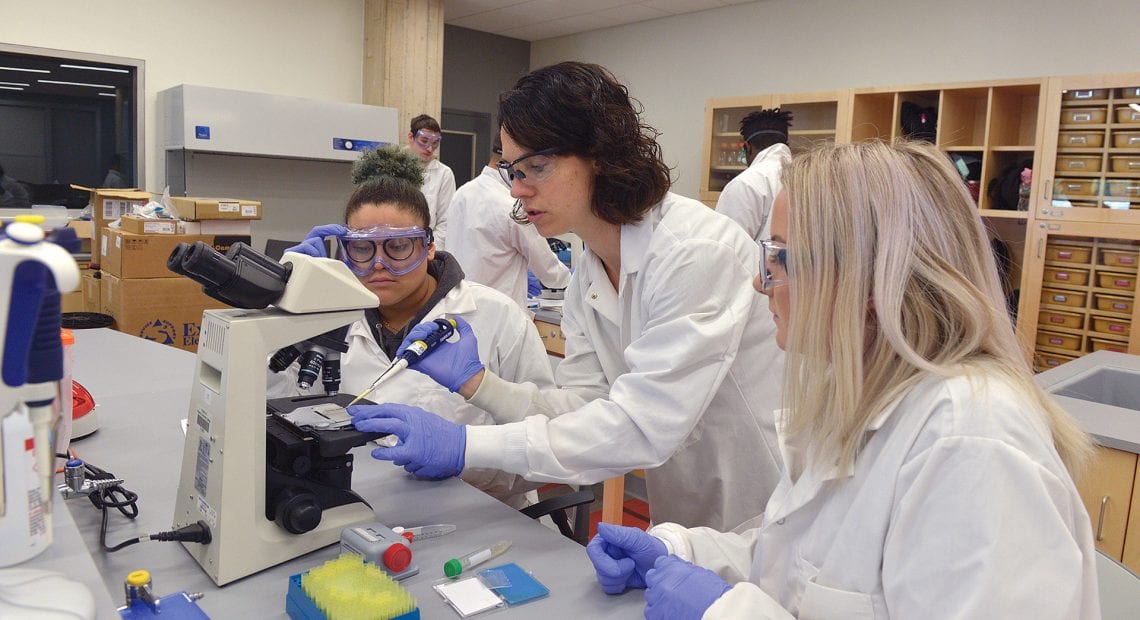
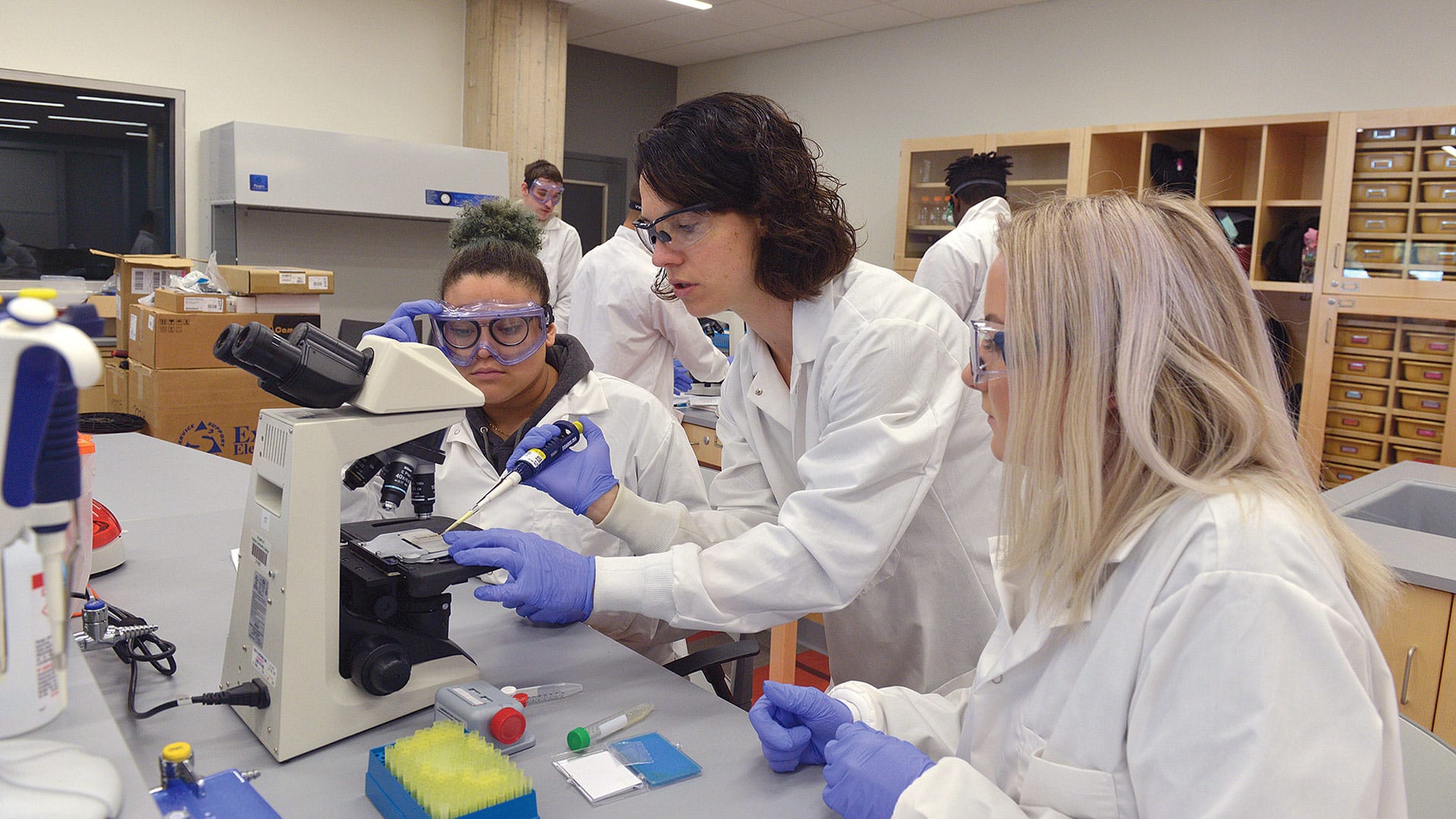
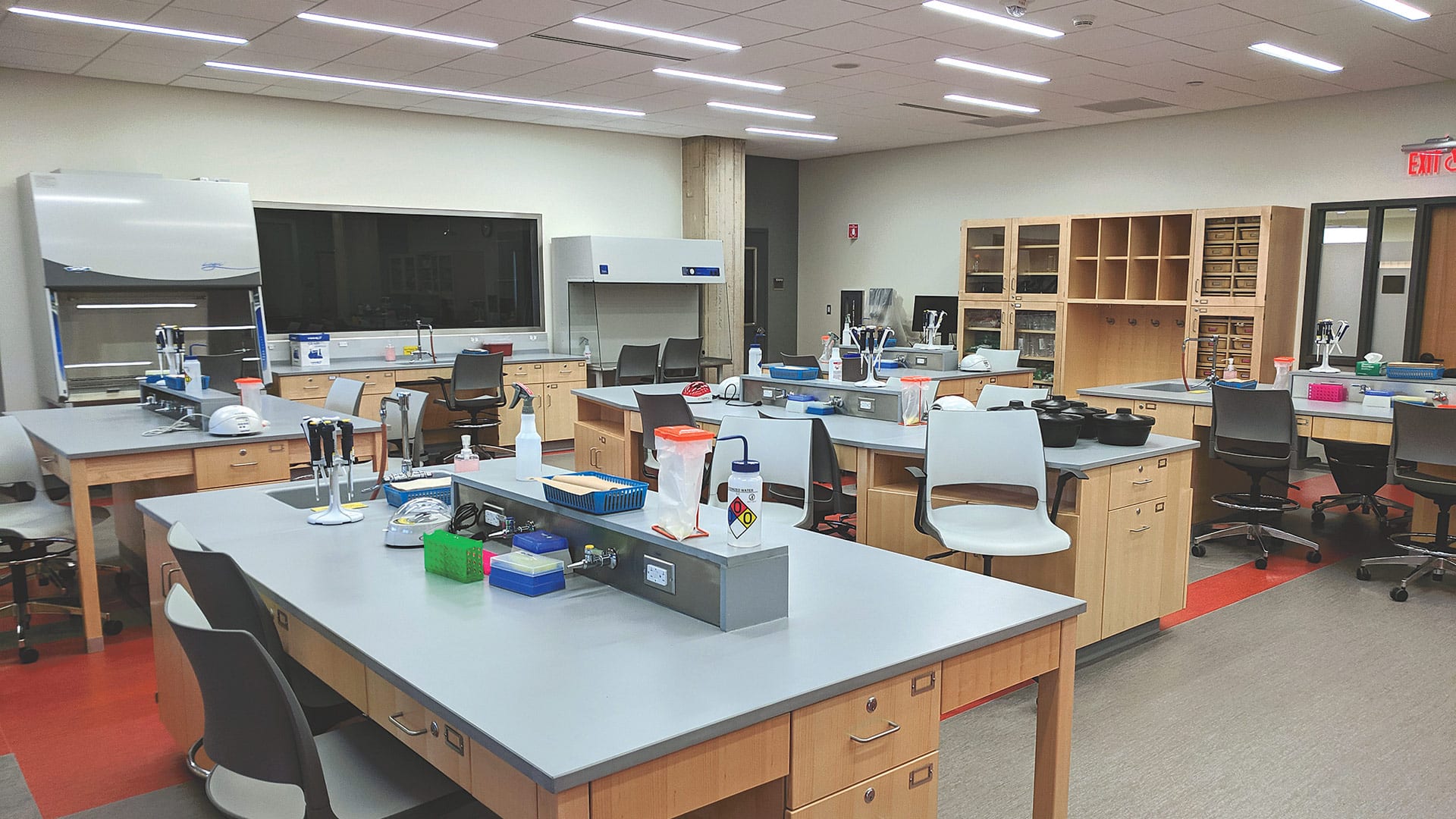 Grant funds and donations also paid for new equipment, including a high-end, research-grade fluorescent microscope, like those used in the pharmaceutical industry; a micro volume spectrophotometer, used to measure small amounts of genetic material; and an electroporator, for genetic engineering. Meanwhile, a cutting-edge thermocycler can take a small sample of DNA and make billions of copies in an hour.
Grant funds and donations also paid for new equipment, including a high-end, research-grade fluorescent microscope, like those used in the pharmaceutical industry; a micro volume spectrophotometer, used to measure small amounts of genetic material; and an electroporator, for genetic engineering. Meanwhile, a cutting-edge thermocycler can take a small sample of DNA and make billions of copies in an hour. Sept. 17 was a huge day for Springfield and this region. It was, as they say, a ground-breaking moment, both literally and figuratively.
Sept. 17 was a huge day for Springfield and this region. It was, as they say, a ground-breaking moment, both literally and figuratively.